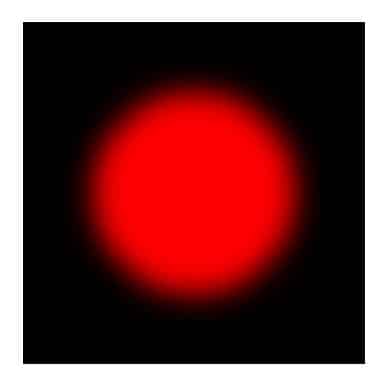The majority of laser beams can be described as having a Gaussian-like radiance profile. In this basic mode profile, the radiance has a maximum at the center and then slowly decays towards the edges but never reaches zero value, at least in principle. Those laser beams that do not adhere to this Gaussian profile are usually better described by what are called higher-order Gaussian modes or a combination of them.
In any case, this type of beam is not optimal for the majority of industrial applications involving lasers. The fact that the beam, once focused, is not confined to a well-defined area can result in energy losses or in lower quality of processing. For these reasons, it is beneficial to introduce a laser beam shaper along the optical path of the laser system. The laser beam shaper not only can introduce sharp edges into the laser beam but it can also alter the overall shape of the beam spot and homogenize the beam’s irradiance.
In general terms, a laser beam shaper is a kind of phase element that can alter the wavefront of the laser beam in such a manner that after propagating a certain distance, the beam evolves into the desired radiance characteristics. There are different laser beam shapers that can be used depending on the input beam properties, namely:
- Microlens arrays.
- Diffractive diffusers.
- Top Hat beam shapers.
- Broadband diffusers.
Micro-lens arrays work on the principle of refraction so they are a good option when the objective is mainly to homogenise the irradiance in a certain area and the input beam is polychromatic. Broadband diffusers are like micro lens arrays only that in this case the profile of each lenslet is randomised, resulting in an even more homogenous irradiance. This feature also introduces the capability of transforming the beam into different shape geometries.
Conversely, Top Hat laser beam shapers and Diffractive diffusers work under the principle of diffraction rather than refraction. Diffractive Diffusers scramble the input radiance to obtain a very good homogeneity as well as sharp edges. Top Hat beam shapers are diffractive optical elements that can be designed to deliver any desired spot geometry as well as other beam transformations like beam splitting.
These laser beam shapers are used in many industrial applications. Some good examples are the following
- Material processing like welding, laser lift-off, contact scribing.
- Medicine applications like laser surgery or hair removal.
- Time of flight applications, like those found in autonomous vehicles.
- Laser projection for wafer inspection.





